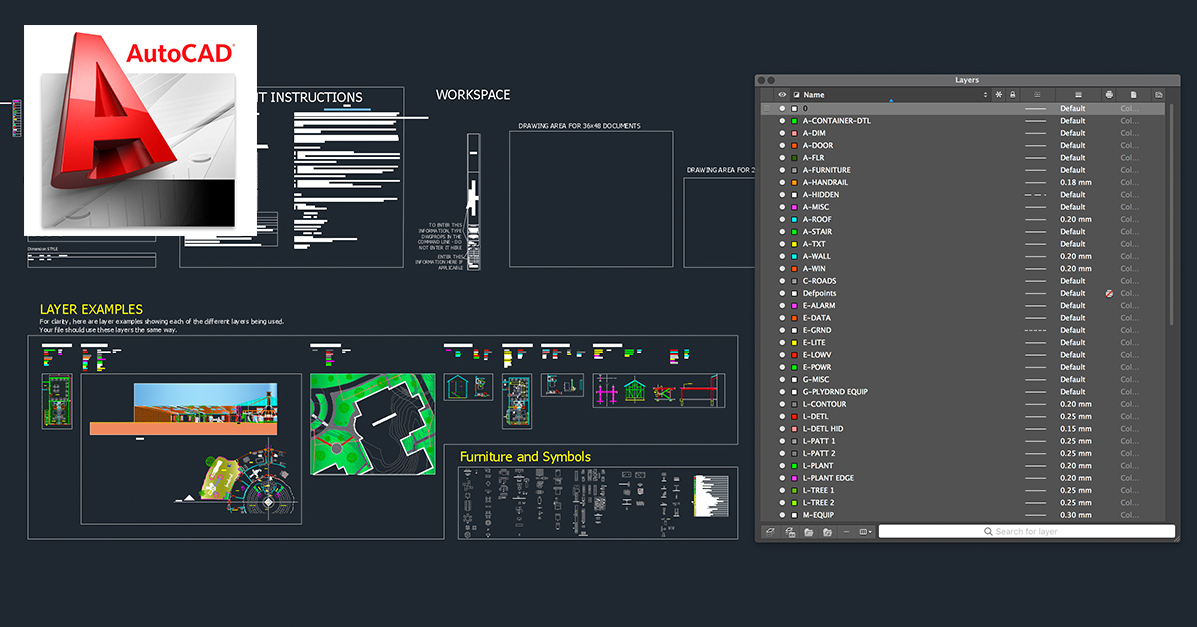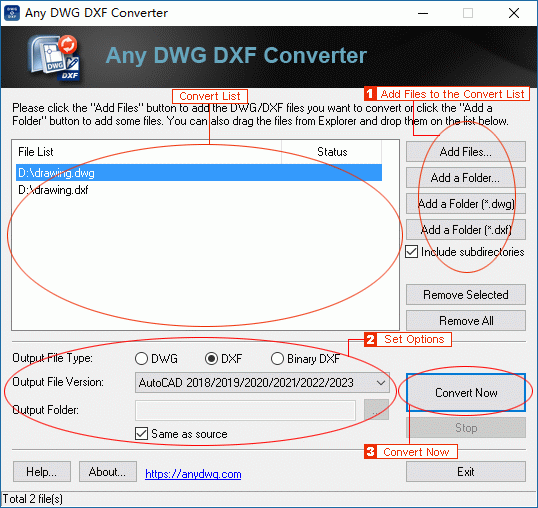


It’s Mass Points Processor lets you select multiple source data files (LAS, LAZ and more), specify your desired classifications, elevation range, area of interest (any closed object) and more. Single Step Alternative: If you value your time there is a single step alternative in our C3D Surfaces module. Sadly the ability to limit the surface to lidar classifications is missing! Hopefully this will be restored in a service pack. The application tells you that you can continue to work while the surface is being created.
Click the button to review the total points in the cloud. Optionally change the name, enter a description and choose a display style. Although it’s may not be visible pick an edge like left, or top. You will be prompted to select the point cloud, you can’t pick in the middle. Activate the Home tab of the ribbon, click Surfaces in the “Create Ground Data” panel, then choose “Create Surface from Point Cloud”.  Zoom extents if necessary to see the point cloud in your drawing. Review the details if desired, noting the number of points and height Note the height to help determine an appropriate contour interval in the next step. Navigate to the data folder used in the above procedure and select the. Activate the Insert tab of the ribbon, choose Attach in the Point Cloud panel. You may need to assign a coordinate system using the ToolSpace Settings tab, right click the drawing name, choose Edit Drawing Settings. If you haven’t already, launch Civil3D and load an existing drawing or create a new one. Click the icon in the upper left, click the Save button. Completed files should have a cog with a check mark in the upper right corner. If necessary wait for all files to be indexed. Wait while Recap imports the files into the project (thick rings are yet to be done, thin ones are finished). Select all the LAS/LAZ files applicable to the project, click OK. Click the project name field at the top of the same dialog and optionally change the name. Click the folder field at the bottom of the “Create New Project” dialog and navigate to the folder containing your (split?) source lidar files. You will find this in the Start menu, or in the Point Cloud panel of the ribbons Insert tab. Launch Autodesk Recap, a separate product installed with Civil3D. Detailed instructions are on the LasSplit page so we won’t reproduce them here. Separating your Class 2 (ground points) is critical. You can use LasSplit to break massive files into multiples by interval but most importantly by classification. The key to this step is a tool called LasSplit from Martin Isenburg at rapidlasso. This actually is a good idea because the remaining steps will have less data to process and will move faster. The procedure assumes you have your Lidar data files downloaded and ready in a folder.īecause recent versions of Civil3D don’t allow you to filter by classification, you need to break your source data into separate files first. Here is a step by step procedure on the process, using Civil3D 2018 as the target.
Zoom extents if necessary to see the point cloud in your drawing. Review the details if desired, noting the number of points and height Note the height to help determine an appropriate contour interval in the next step. Navigate to the data folder used in the above procedure and select the. Activate the Insert tab of the ribbon, choose Attach in the Point Cloud panel. You may need to assign a coordinate system using the ToolSpace Settings tab, right click the drawing name, choose Edit Drawing Settings. If you haven’t already, launch Civil3D and load an existing drawing or create a new one. Click the icon in the upper left, click the Save button. Completed files should have a cog with a check mark in the upper right corner. If necessary wait for all files to be indexed. Wait while Recap imports the files into the project (thick rings are yet to be done, thin ones are finished). Select all the LAS/LAZ files applicable to the project, click OK. Click the project name field at the top of the same dialog and optionally change the name. Click the folder field at the bottom of the “Create New Project” dialog and navigate to the folder containing your (split?) source lidar files. You will find this in the Start menu, or in the Point Cloud panel of the ribbons Insert tab. Launch Autodesk Recap, a separate product installed with Civil3D. Detailed instructions are on the LasSplit page so we won’t reproduce them here. Separating your Class 2 (ground points) is critical. You can use LasSplit to break massive files into multiples by interval but most importantly by classification. The key to this step is a tool called LasSplit from Martin Isenburg at rapidlasso. This actually is a good idea because the remaining steps will have less data to process and will move faster. The procedure assumes you have your Lidar data files downloaded and ready in a folder.īecause recent versions of Civil3D don’t allow you to filter by classification, you need to break your source data into separate files first. Here is a step by step procedure on the process, using Civil3D 2018 as the target. A frequent question is how to import Lidar data like LAS/LAZ or other point cloud formats into Civil3D.







 0 kommentar(er)
0 kommentar(er)
